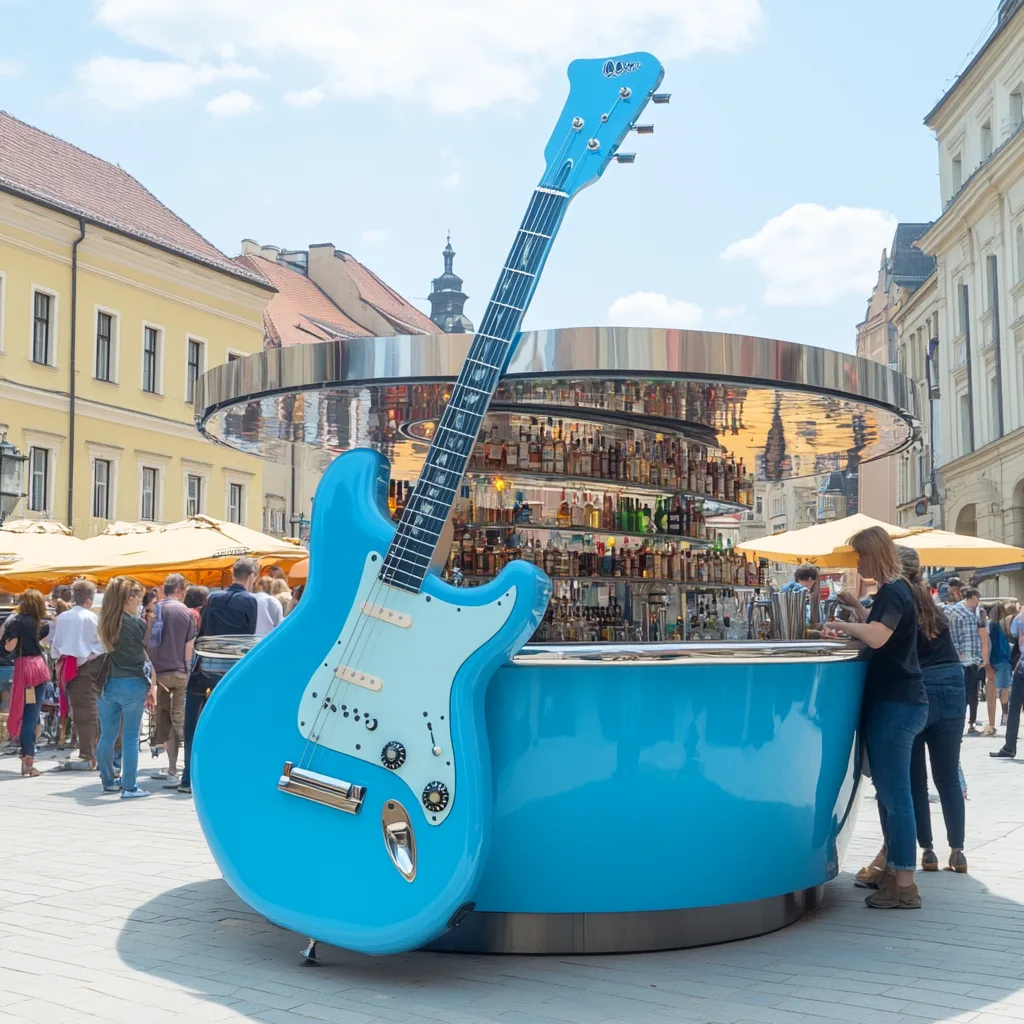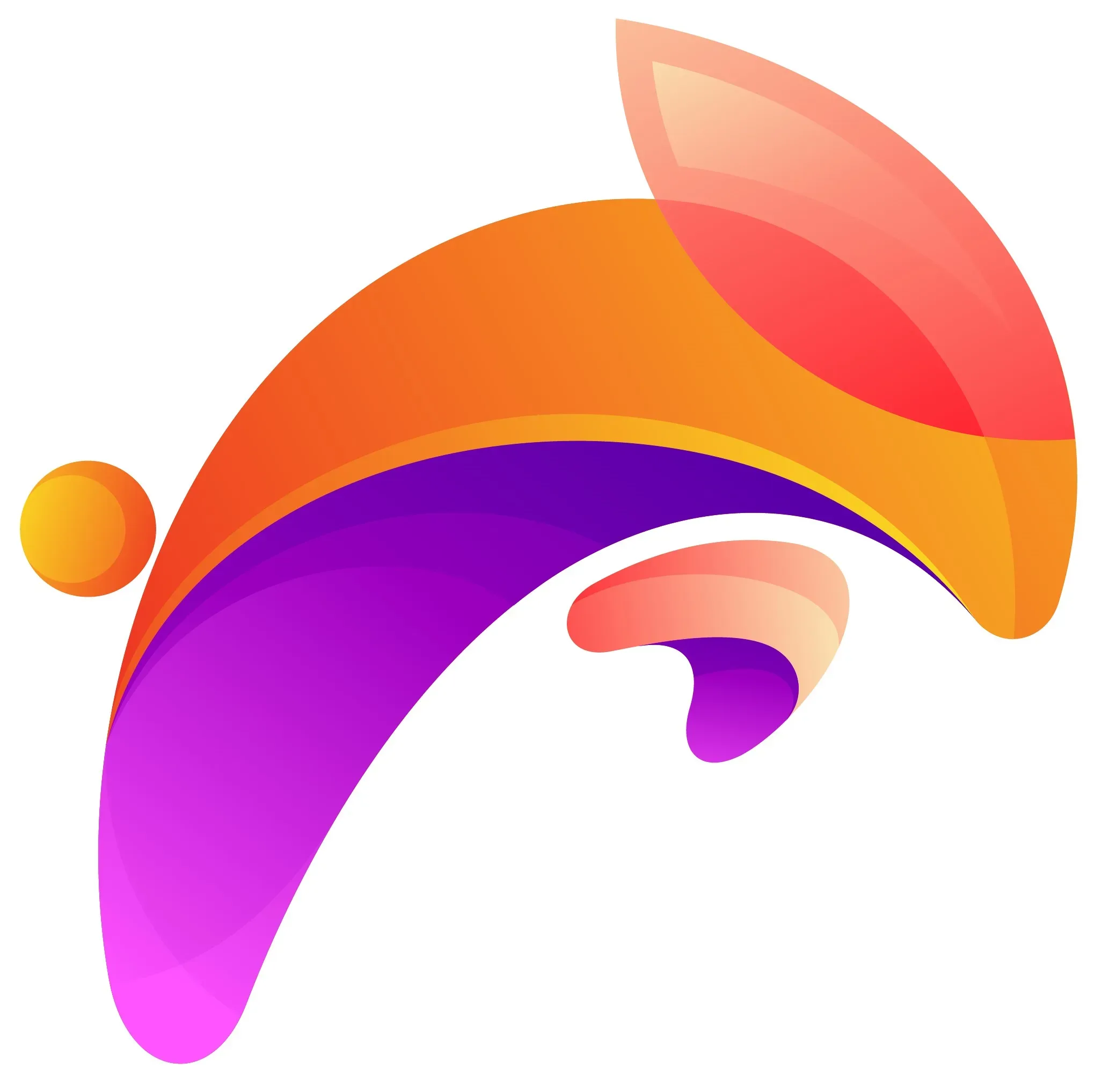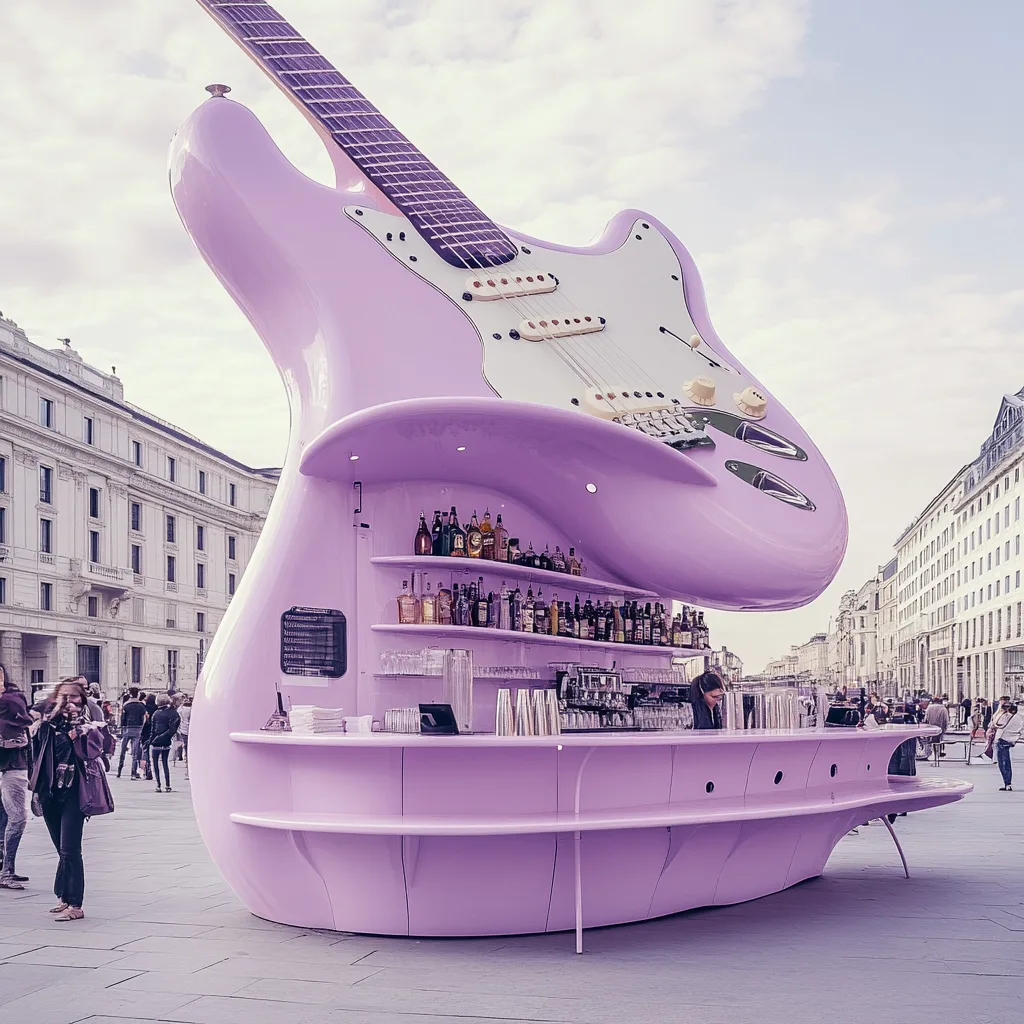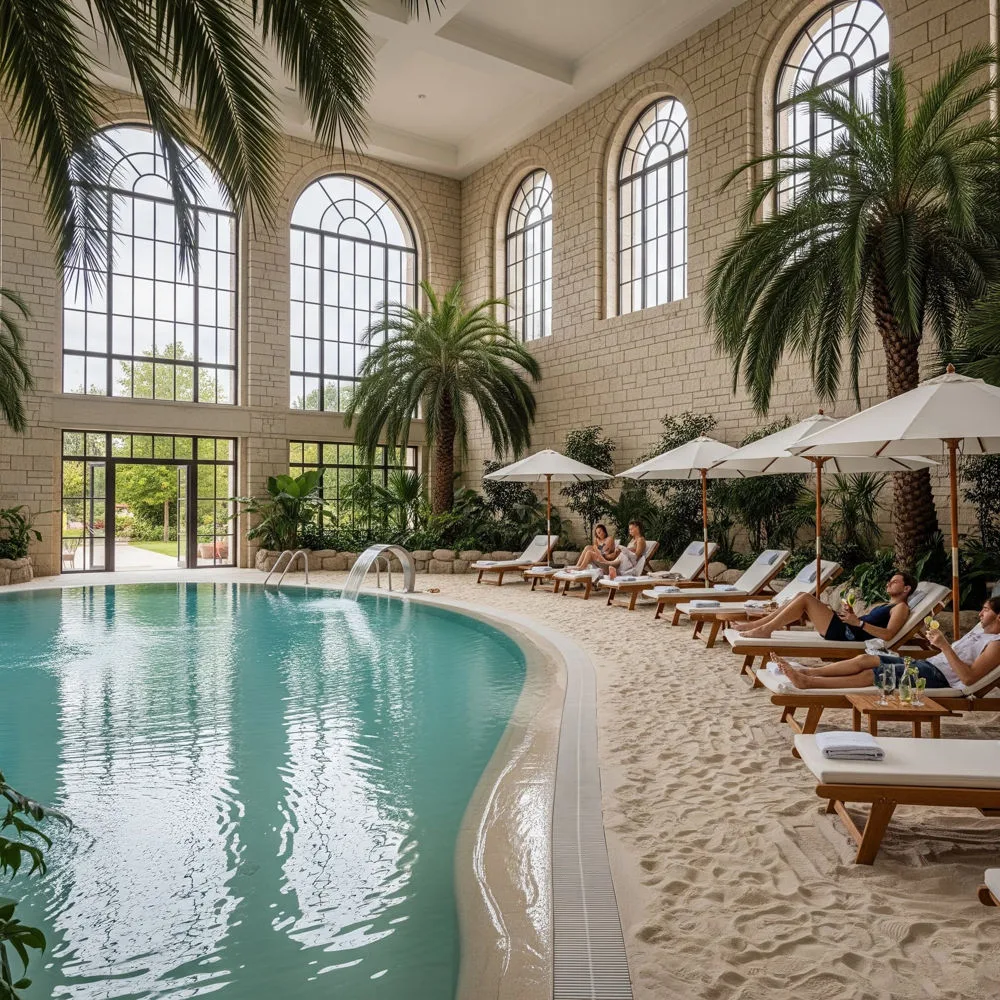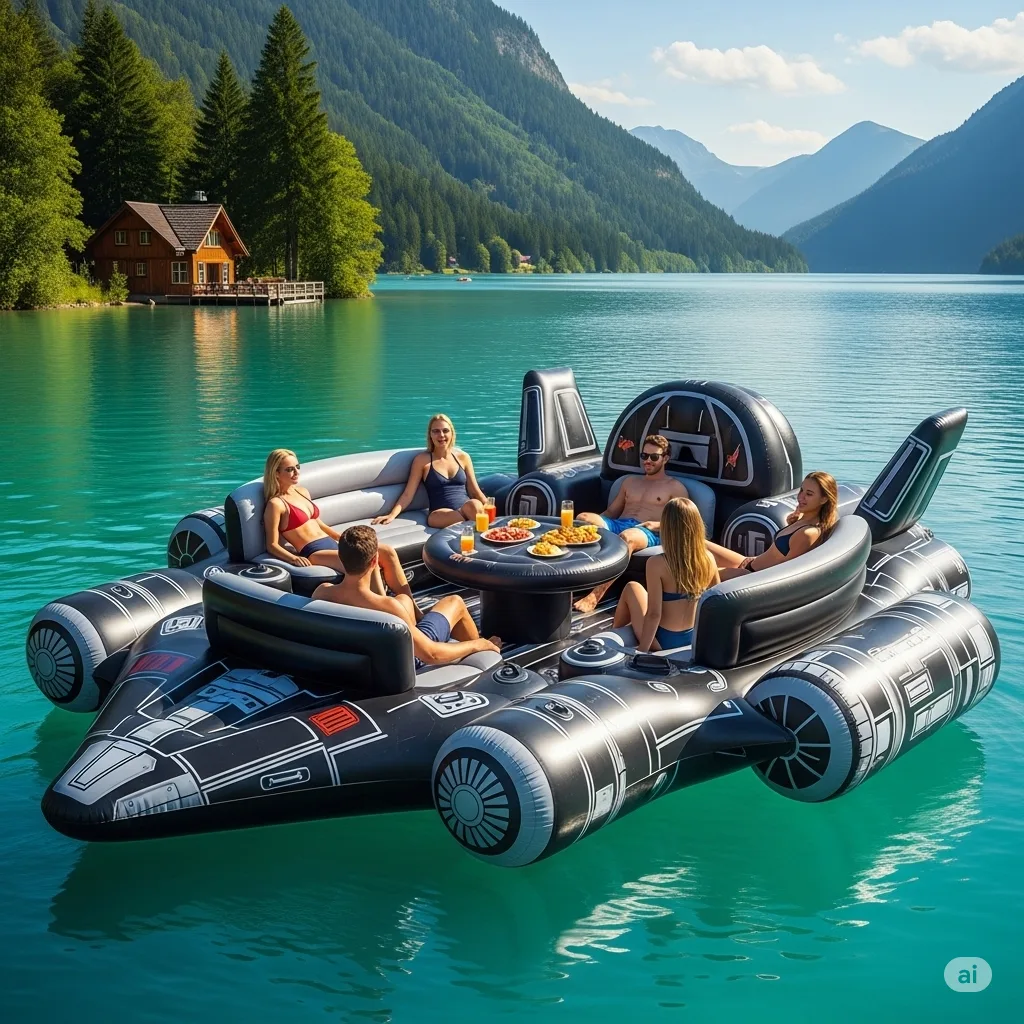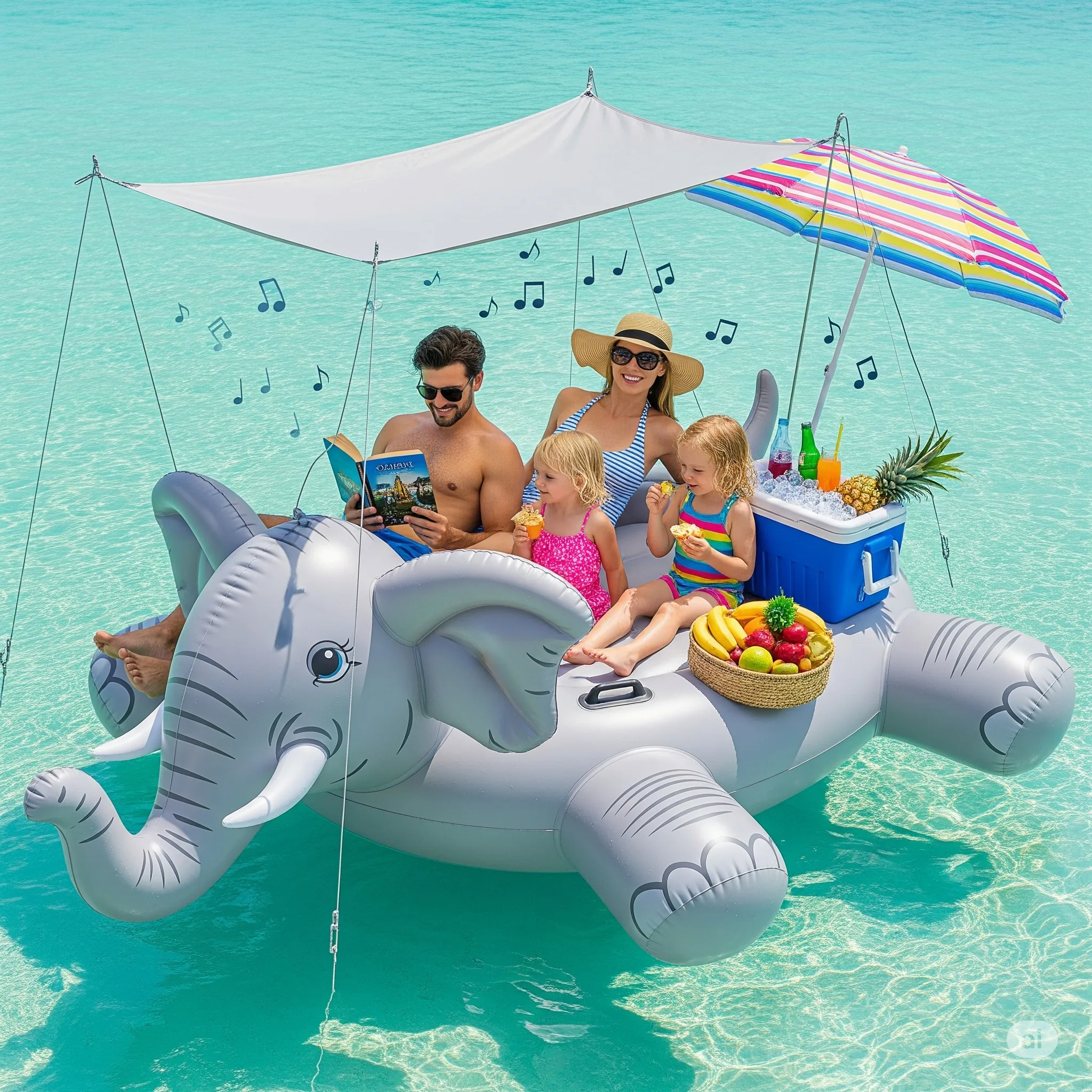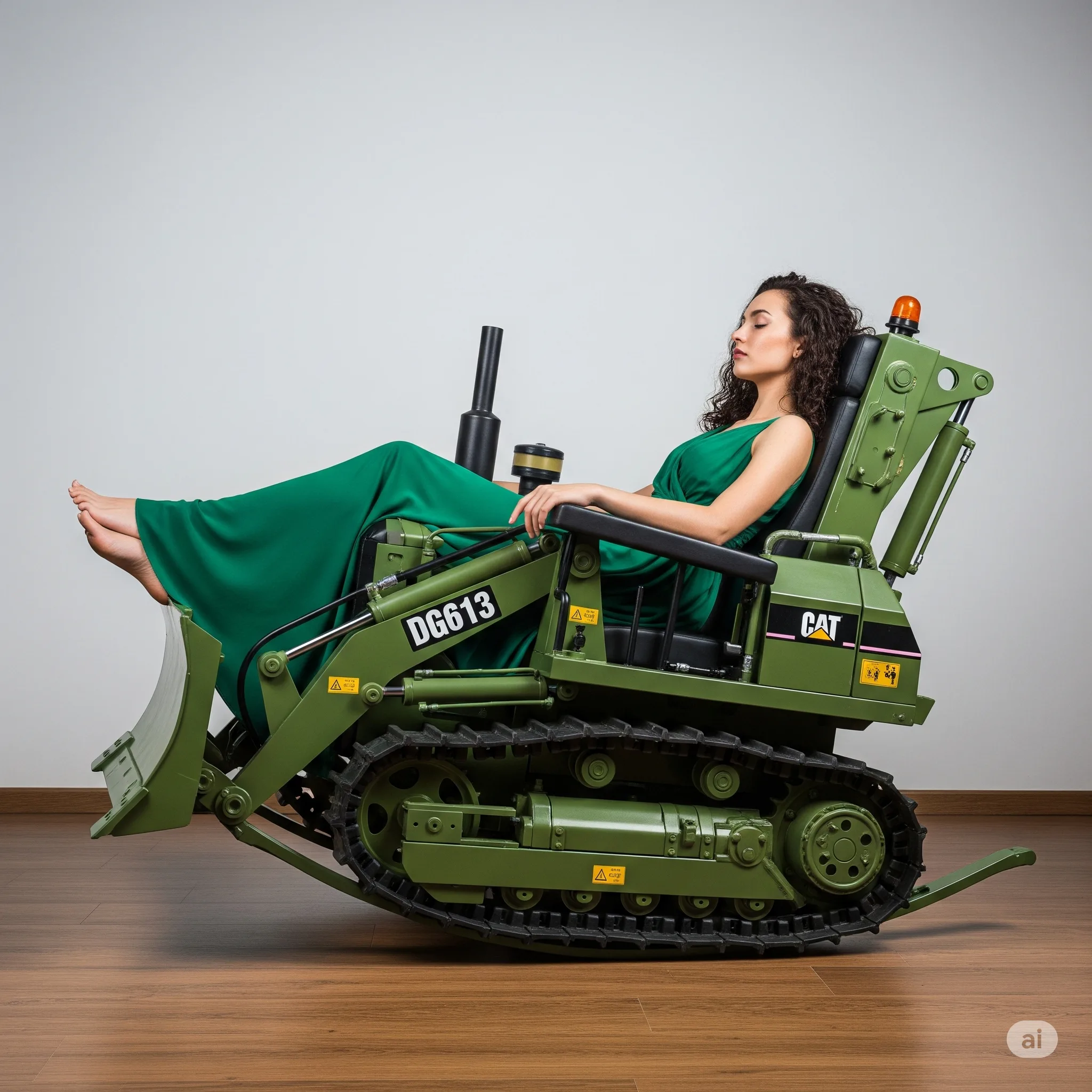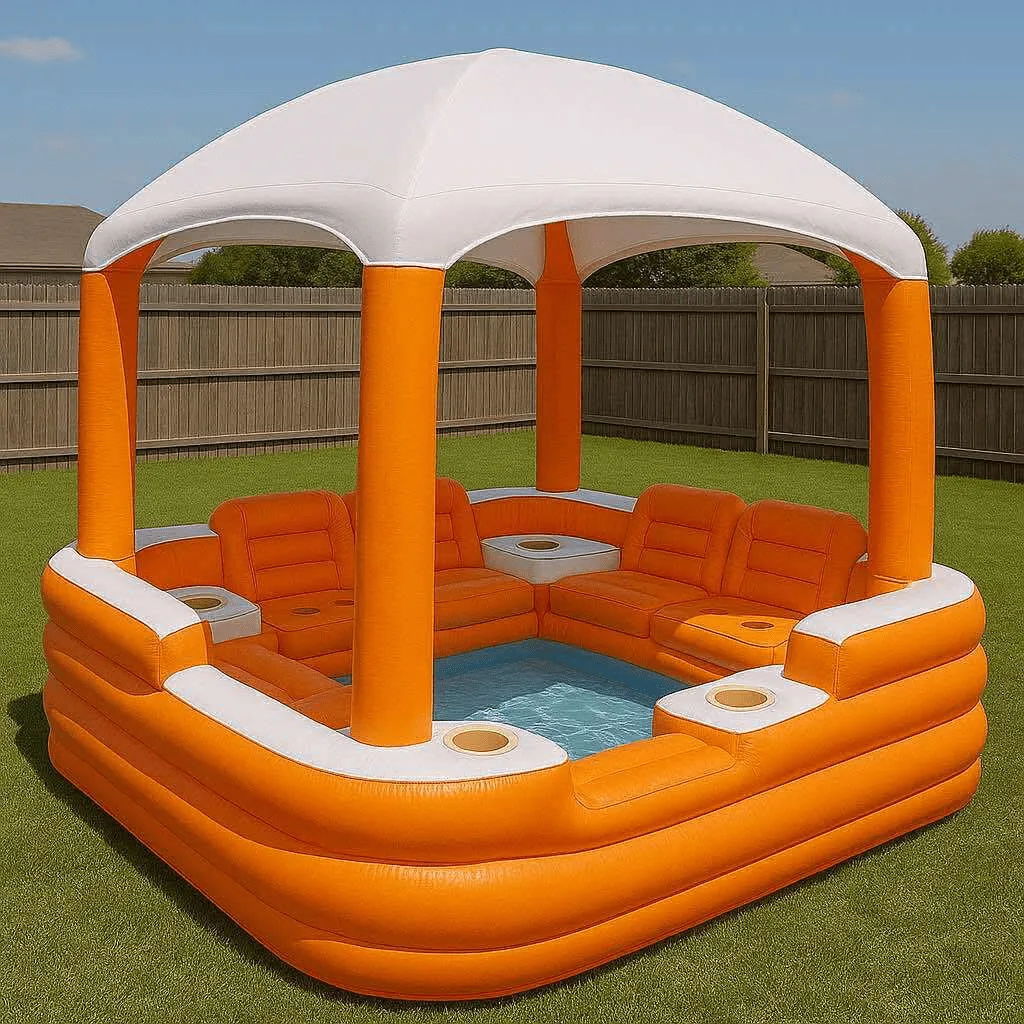When Java Meets Jimi Hendrix
Imagine walking through a park or music festival and spotting a massive guitar—not on stage, but serving espresso. That’s not a caffeine-induced hallucination; it’s the Guitar-Shaped Coffee Kiosk, a head-turning blend of architecture, branding, and creative coffee culture. Designed to resemble an oversized guitar—whether acoustic, electric, or even bass—this kiosk turns an everyday coffee experience into a bold statement of personality, art, and community.
In an era where novelty and Instagrammability often dictate business success, this unique coffee kiosk strikes the perfect chord between design and purpose. It doesn’t just serve coffee—it creates a lifestyle moment. Let’s dive deep into how this musical masterpiece of a coffee station is changing the tune of mobile cafés and pop-up shops across the globe.
Brewing Innovation with Every Chord
Design Breakdown: Anatomy of a Guitar Kiosk
At the heart of this concept lies a guitar brought to life in three dimensions. Whether you’re looking at a full-size acoustic guitar or a flashy Stratocaster-inspired electric frame, the design details are precise and rich with nuance.
- Body Paneling: The main structure of the kiosk is shaped like the guitar’s body, with convex curves and sculpted wood grain finishes that mirror real guitar textures. In acoustic models, the “sound hole” is reimagined as a serving window or order counter.
- The Neck: Acting as the signage tower or lighting rig, the long neck of the guitar stretches vertically, often outfitted with LED strips along the “frets.” It doubles as a beacon at night, drawing curious customers.
- The Headstock: This upper portion is often used for branding. Logos, taglines, or musical elements like tuning pegs are kept in place to maintain the authenticity of the silhouette.
- String Illusions: Thin steel rods or LED tubes run down the body to replicate strings, some of which light up or pulse with music playing in the background.
- Material Choices: Most kiosks use weatherproof composites, lightweight metals, and fire-resistant panels to ensure durability. Optional sustainable wood finishes are also available for eco-conscious businesses.
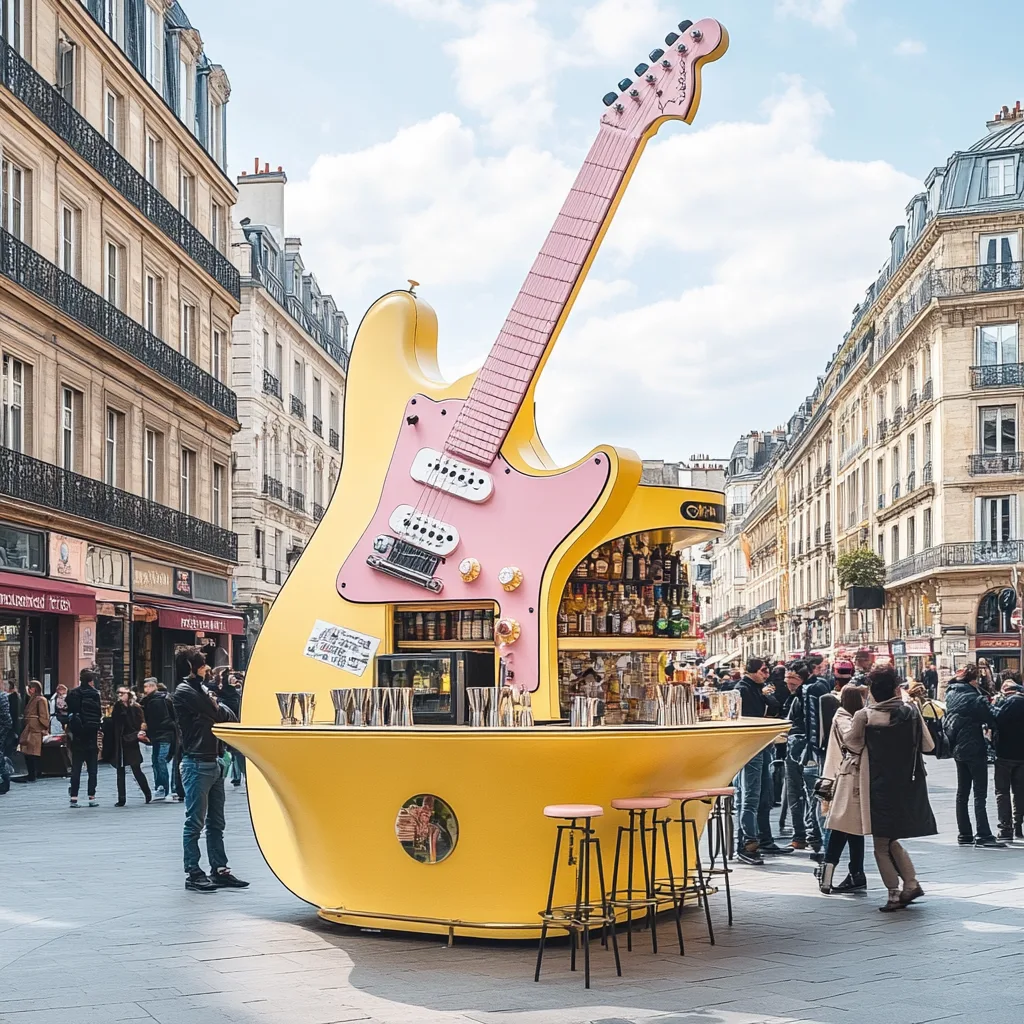
This kiosk is not just designed to look like a guitar—it’s crafted to perform in public spaces, just like the instrument it represents.
Menu That Hits the High Notes
The creative design wouldn’t be complete without an equally inventive menu. Many guitar-shaped coffee kiosks play with musical terms to create fun, memorable drink names and experiences.
- Americano Allegro – a bold, upbeat coffee perfect for morning wake-ups.
- Latte Love Ballad – soft, creamy, and comforting.
- Cappuccino Crescendo – a balanced cup with flavor that builds.
- Cold Brew Chorus – a refreshing harmony of strength and smoothness.
- Mocha Metallica – rich and intense with a chocolate power punch.
Some kiosks even offer vinyl-shaped cookies or guitar pick-shaped pastries to pair with drinks. Add in local indie blends, rotating barista specials, and themed music playlists, and you’ve got a destination, not just a kiosk.
Cultural Placement: More Than Just a Coffee Spot
The guitar kiosk isn’t meant for the average sidewalk—it’s a centerpiece meant to live in spaces that already pulse with creativity and community. Ideal locations include:
- Music Festivals & Concert Venues: These kiosks blend perfectly into musical environments, adding aesthetic flair and fast service without disrupting the scene.
- College Campuses & Art Schools: With youthful crowds and open minds, these are the perfect hubs for experimenting with edgy design and creative menus.
- Urban Public Parks: The visual appeal of the kiosk becomes a focal point for selfies, meetups, and leisurely coffee moments.
- Tourist Districts: From Nashville’s Broadway to Seoul’s Hongdae district, the kiosk can become a photo-worthy attraction.
- Creative Corporate Campuses: Forward-thinking companies in media or tech often use such kiosks as campus cafés to inspire workers.
Wherever it’s placed, the kiosk acts as more than a coffee station—it becomes a landmark, drawing foot traffic and press.
Marketing, Branding, and Business Potential
A kiosk like this doesn’t rely solely on coffee sales. It sells an experience, and that opens up dozens of monetization and brand-building avenues:
- Custom Wraps for Sponsorship: Brands can wrap the body of the kiosk with temporary campaigns—imagine a Coca-Cola or Spotify takeover.
- Collaborations with Local Bands: Partner with musicians to create drink specials or limited-edition cups that support local talent.
- Merchandise Booth: Sell branded mugs, guitar-pick coasters, and T-shirts right out of the headstock area or side panel.
- Social Media Goldmine: Its Instagram appeal helps businesses generate organic content, hashtags, and user-created videos. Customers will want to show off where they got their brew.
- Franchise Model Potential: Entrepreneurs can replicate the model in multiple cities or even theme each kiosk around a different music genre (e.g., jazz, rock, EDM).
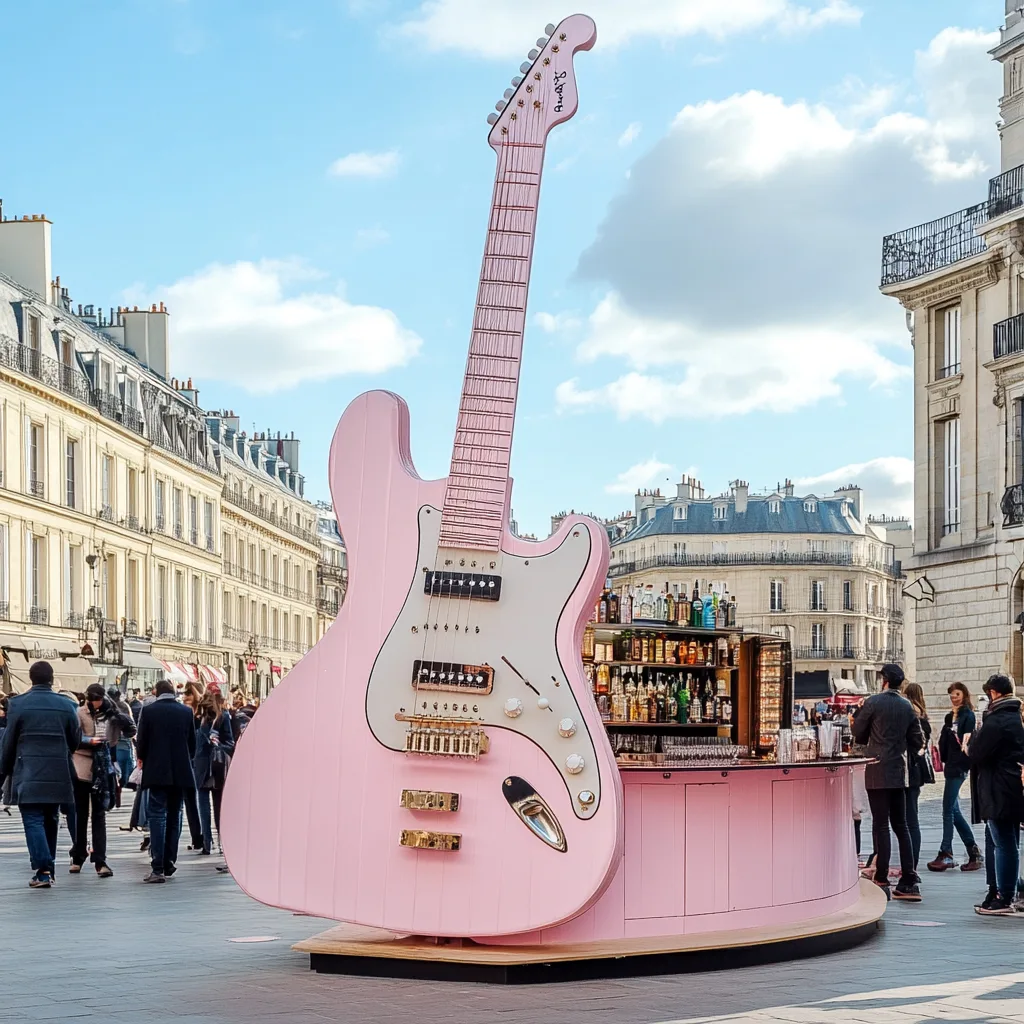
The kiosk bridges the gap between visual storytelling and functional retail, turning your coffee shop into a mobile brand ambassador.
Behind the Build: Materials and Modularity
Functionality is key—this isn’t just an art installation. Most guitar-shaped kiosks are:
- Modular: Built in sections for easy transport and setup. The neck may detach for mobility, and the body opens up like a clamshell for packing.
- Weather-Resistant: With UV-coated panels and optional awnings that extend like guitar cases, they’re designed for year-round use.
- Self-Contained: Complete with plumbing, refrigeration, power supply, and POS system, often powered by external hookups or solar panels.
- ADA-Compliant: Counters, signage, and access points can be adapted to meet accessibility standards in many countries.
Whether placed permanently or as a pop-up, the structure is made to meet real-world business demands.
Interactive Features: From Concert to Café
To further elevate the customer experience, some guitar-shaped coffee kiosks come with built-in interactive elements, such as:
- Touchscreen Ordering: Embedded in the body or along the neck, allowing self-service with a musical interface theme.
- Sound Effects: Motion-activated sound bites, guitar riffs, or ambient background music set the mood.
- LED Frets: Light patterns that respond to music, footsteps, or even customer applause.
- Live Streaming Camera: A social media livestream feature that captures reactions or plays short concerts from inside the booth.
- QR-Activated Jukebox: Customers scan a QR code to pick the next song in the queue while waiting for their brew.
These features help turn waiting in line into an engaging, even immersive, experience.
Who’s Buying? Target Customers and Demographics
The audience for this coffee kiosk is broad, but particularly appealing to:
- Young Professionals & Students: Seeking novelty, quick service, and social currency.
- Music Lovers: Naturally drawn to any design echoing their passion.
- Tourists: Always on the lookout for unique finds and aesthetic backdrops.
- Café Entrepreneurs: Looking to break from traditional coffee shop molds.
- Event Organizers: Wanting a visually impactful and practical coffee solution.
From the Gen Z content creator to the millennial music head, this kiosk hits the sweet spot between convenience and character.
Encore for the Everyday Cup
The Guitar-Shaped Coffee Kiosk is more than just a café—it’s a concert of culture, commerce, and creativity. It redefines what it means to “grab a coffee,” turning a transactional experience into a storytelling moment, an Instagram post, a brand touchpoint, or even a memory.
Whether you’re sipping a Mocha Metallica while vibing to a street musician or grabbing a Flat White Blues before class, this kiosk hits all the right notes. It’s proof that the future of food and beverage isn’t just about what’s served—it’s about how it’s served, and the story it tells.
So, next time you hear the strum of a guitar, it might just be the sound of coffee brewing.
